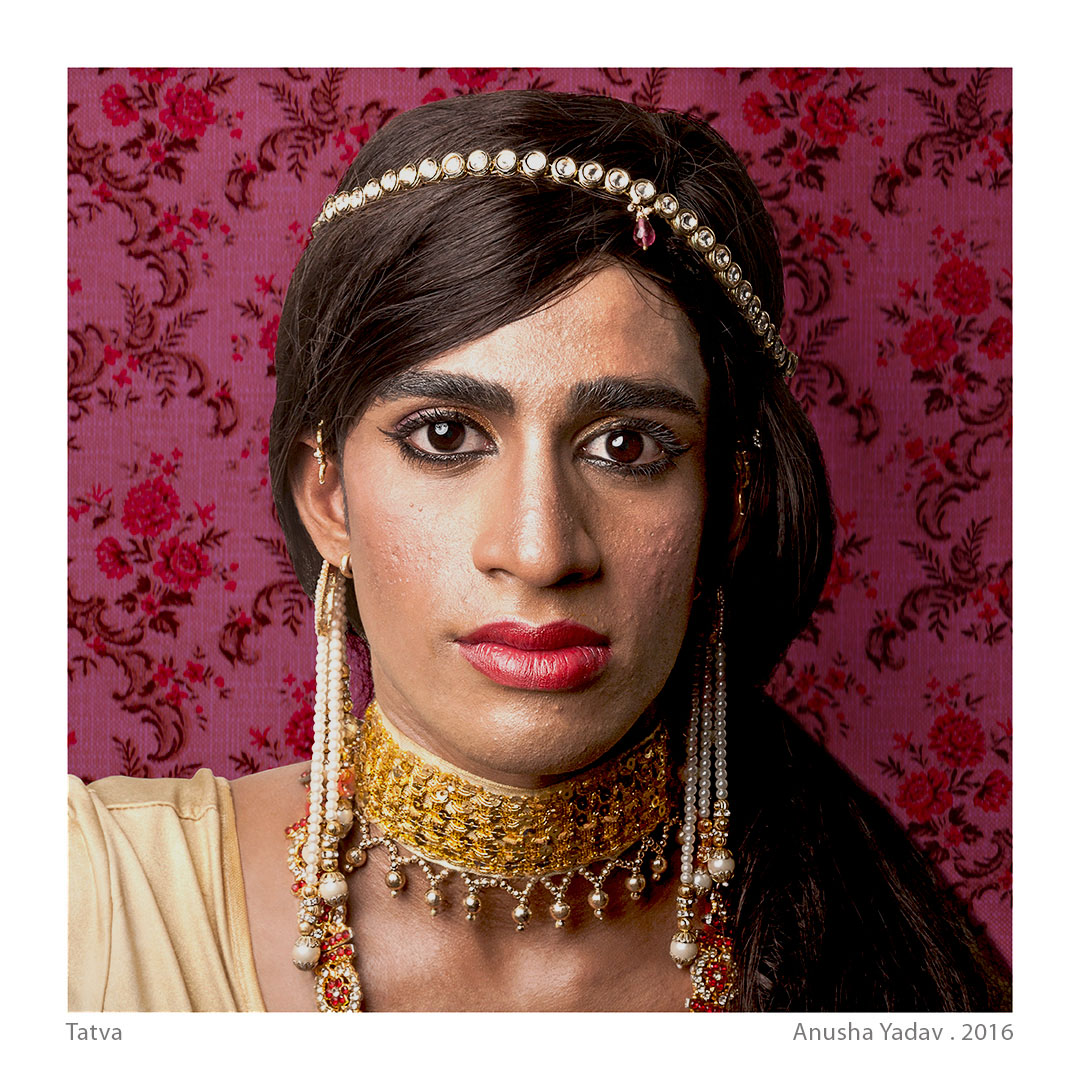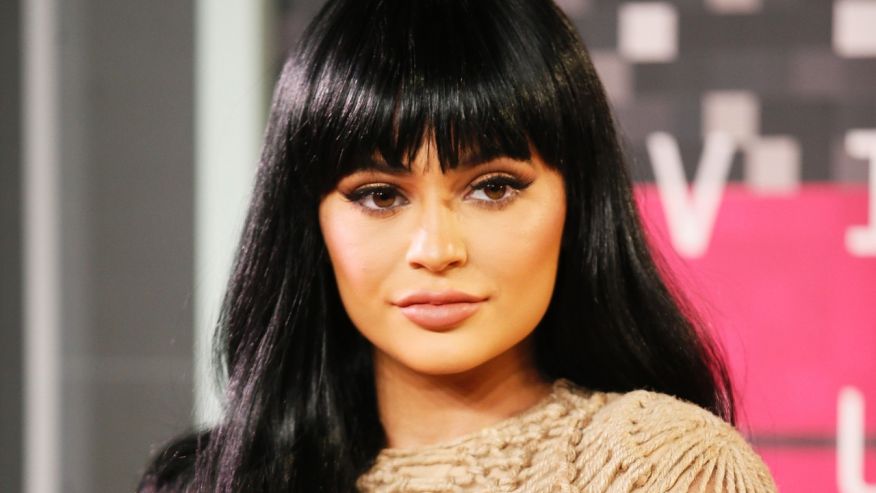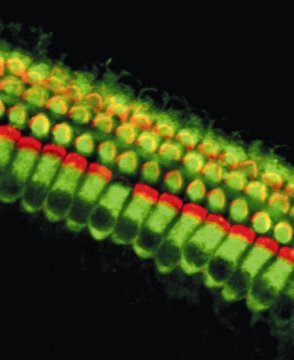
Since last July, Mumbai-based photographer Anusha Yadav has been shooting a series of portraits of queer and transgender people in the city who blur traditional gender boundaries by transforming themselves through makeup, clothes and accessories. Titled “Transfixed”, the photographic project explores ideas of gender fluidity through the lens of beauty and fashion.
Yadav was inspired by the people she met, who were born male and yet explored their ideas of femininity for different reasons. “I remember watching the film Kinky Boots and the way drag queens dress up,” Yadav told HuffPost India. “I had also met some of the people in the photographs and seen them dress up. It is something that stays in your brain.”
Each photograph has a distinct aesthetic, because Yadav gave her subjects the freedom to present themselves in any way they wished to. Later, she added a background wallpaper to the image, as an extension of their chosen persona. “My intention is not to save or certify anyone but to celebrate them,” Yadav added. “It was superb to see that joy and the complete ownership of who they are. Every person who came, surprised me with a new idea of themselves.”
The photographs focus on the faces, rather than the subject’s entire bodies, to highlight their transformation. Yadav also requested them to look straight at the camera to add a confrontational quality to the image “so that people can’t look away”. “The faces match up to their ideals and ideas of beauty, and who they are,” she said. “That is why I focused on the flamboyance and subtlety of it all; the drama and the vulnerability on the face.”
This was the first time that Yadav, who works as a documentary photographer, shot inside the studio. Some of the subjects were people Yadav knew, and she found out about others by sheer coincidence. She also reached out to Humsafar Trust, a Mumbai-based NGO which works on LGTBQ rights, to connect with interested participants.
“Expressions of gender other than binary are immediately cast as odd or weird, but the expectation that the act of beautification lies only in the domain of natural-born women is to me, extremely conservative, unequal and reductive,” Yadav said.
She has taken 17 portraits so far, and hopes to shoot 13 more to complete the series. Her biggest challenges have lain in finding participants and in finding the right language to articulate the concerns of the project. “I am an LGBT ally but when you dig deeper, you realise that it is hard for them. They face struggles that a heterosexual person won’t,” Yadav said. “It is great to be a messenger and take the idea of a community who we don’t share the same struggle with to people who have no idea or are wary. Through this series, I hope to change people’s opinions or preconceived fears.”
You can follow the photo series here.
Suggest a correction
























